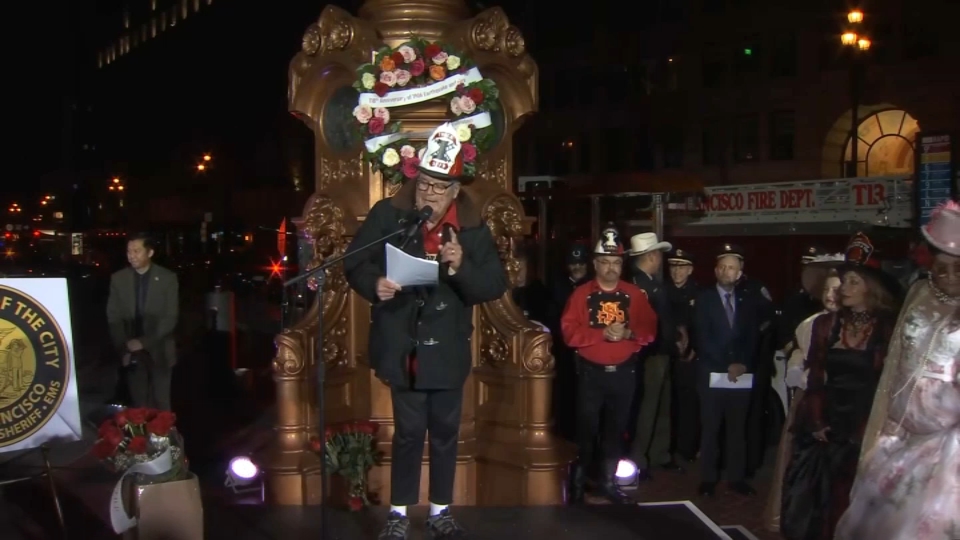The origin of Saturday night's fireball seen by thousands in the Bay Area still has astronomers guessing.
People from the as far south as Hollister and as far north as Marin County called into NBC Bay Area news after seeing what they described as a fiery object trailed by a winding curl of smoke just after 5 p.m.
On Monday, discussion among experts and sky-watchers alike speculated it could have been anything from a small asteroid to a large meteor associated with the Taurid meteor shower.
The time of night makes it unlikely it was part of a meteor shower. Meteor showers get their names from their appearance point in the sky or radiant as it's known and Taurus had yet to rise into the sky that night.
Without video of the event or a sample, it is pretty tough to say how big it might have been or its true composition. Whatever it was likely landed and quickly sank into the ocean.
Its color while moving across the sky could give some clues. Folks reported seeing greenish blue and white which could be magnesium and iron mix. The smoke trail indicates the fireball was a football-sized meteor, rather than space junk.
One viewer in Milpitas likened the flash to a flaming shooting star.
Local
The images, by local astronomer Rick Baldridge, show the upper atmosphere smoke trail illuminated shortly after sunset.
So for now, it's still an X-file until a more definite answer comes to light.
Here's some more background from on meteors:
What you see in most meteor showers is a sand-grain sized particle (sometimes pebble sized) entering the Earth’s upper atmosphere in a sudden streak of light. The light is caused by a growing sliver of heated air as the meteor begins to disintegrate usually at 50 to 75 miles above the Earth’s surface.
So what type of event will come this year? Here are some of the categories:
Types of meteor displays:
- Meteor Shower - A ‘typical’ display of meteors, usually 100 or less per hour.
- Meteor Storm - When the Earth passes through a denser field of comet dust, meteor rates may increase to 1000 per hour or more.
- Meteor Outburst - After the recent transit of a Comet, the Earth passes through a fairly large swath of dust and debris. This can lead to an “outburst” where thousands of meteors per hour are seen. Larger meteors known as bolides last for longer periods of time and display bits and pieces often falling away from the main meteor as it crosses the sky, sometimes ending with an audible explosion. Should a piece of the meteor survive the fiery path through the atmosphere and reach the ground it becomes known as a meteorite.
Meteor colors:
- The colors seen in meteor trails can hint at the composition of the meteor particle.
- Calcium - violet, Iron - blue, Magnesium - green/blue, Sodium - yellow, Nitrogen/Oxygen - red



